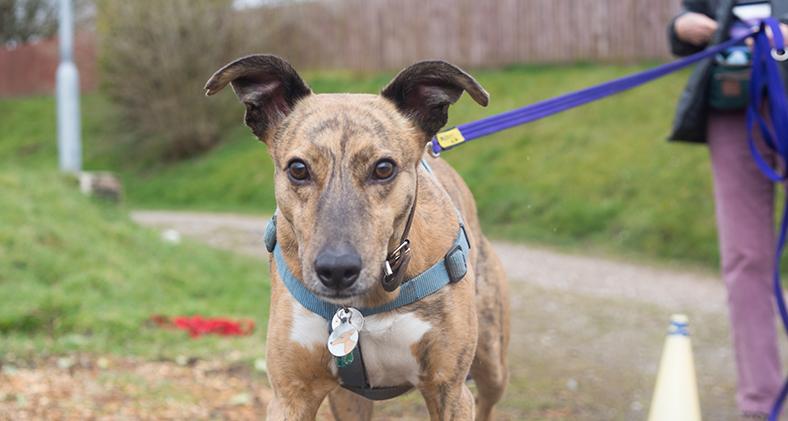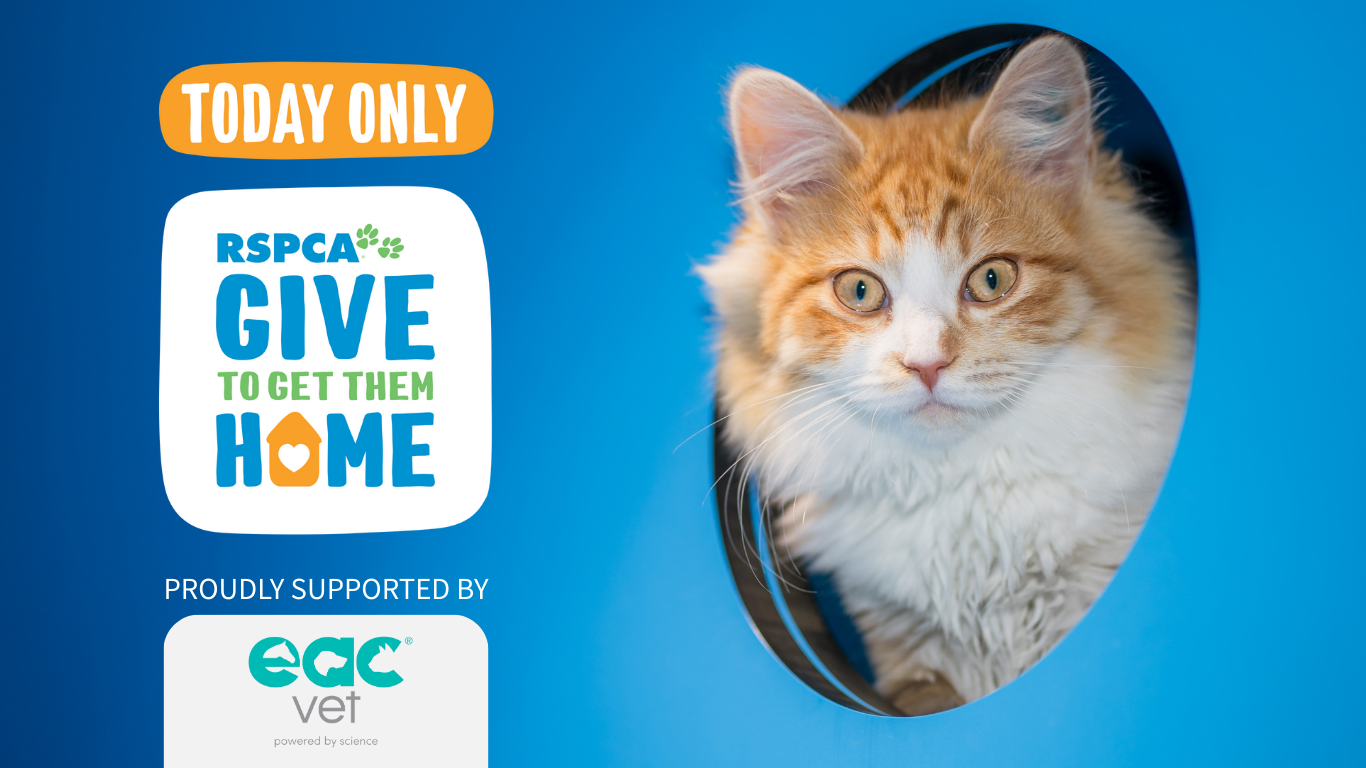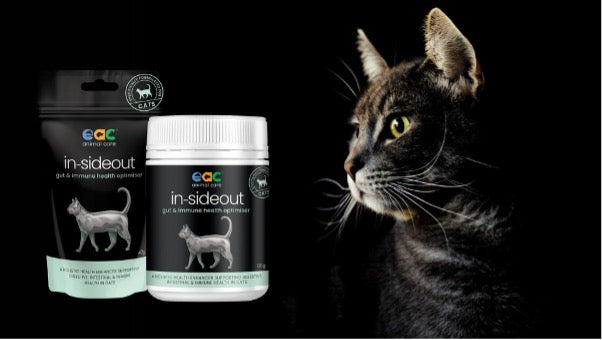By Dr Kate Mornement Ph.D, BSc(Hons)
Reactivity and aggression towards unfamiliar people or dogs, especially when on lead, is a common problem. Having a dog that barks, lunges or pulls towards other dogs or people in an aggressive way can be stressful and embarrassing for dog owners.
This often leads to people becoming reluctant to walk their dog. Some dog owners will continue to walk their dog not knowing how to resolve the issue. Unfortunately, this just perpetuates the problem.

Fear due to past unpleasant or scary experiences and/or a lack of prior positive socialisation experiences when on lead is the most common cause of lead reactivity or aggression in dogs. For example, a dog that is attacked by another dog while on lead may subsequently develop lead aggression when it encounters other dogs in an attempt to protect itself. Similarly, a dog that’s been hit by a car may later display reactive barking or lunging when it sees moving cars.
Dogs that were not well socialised with a variety of other dogs of different breeds and sizes as a puppy may be fear aggressive when approached by other dogs as an adult. Similarly, a dog that’s never seen a person on a bicycle or skateboard may lunge aggressively at a cyclist or skateboarder who passes close by. This is called the “fight or flight response” and it’s a survival mechanism.
Just like us, when a dog finds itself in a scary situation it either runs away or confronts the threat in an attempt to make it go away. When on lead, the escape option is no longer available. Therefore displaying aggression in an attempt to create distance between themselves and the threat is more likely.
Imagine you are walking down a dark alley at night and suddenly a figure lunges towards you. What would you do? You’re either going to try to run away or, if you’re grabbed and can’t escape, you will fight back with everything you’ve got.
How to avoid lead reactivity
There's a lot you can do to help avoid your puppy or adult dog from developing lead reactivity. Remember, most lead reactivity and aggression, whether towards people, other dogs, animals or inanimate objects, develops due to past unpleasant or scary experiences. Try to avoid such experiences by reading and responding appropriately to your dog’s behaviour and body language. If you notice your dog is uncomfortable in a situation, move them away until they relax again.
Remember when your dog is on lead, and feels unsafe or threatened for any reason, their escape option (flight response) is not available and they’re much more likely to use aggression (fight response) in an effort to make the scary thing go away. It’s up to us to ensure we can accurately read our dogs so we can avoid placing them in situations in which they resort to reactivity and aggression.
You can also work on making outings on the lead extra positive. Most dogs already love walks because of the novel sights and smells and the opportunity to explore. However you can boost and help maintain the positive association with things your dog encounters during walks (e.g. cars, bikes, other dogs, strangers, kids etc) by pairing them with things your dog really likes (e.g. high value treats, pats, praise, favourite toys). By doing this extra work, you can help negate any mildly negative experiences your dog may have when on lead. You can also work on rewarding your dog for calm and compliant behaviour while on lead.
How to resolve lead reactivity
If your dog is already lead reactive or aggression the first step is to identify the trigger or triggers for the behaviour (e.g. other dogs, strangers, cyclists etc) and the critical distance (or threshold) at which your dog begins to show early signs of fear, stress or anxiety. These are often subtle (e.g. lip licking, panting, ears held back, hard eyes, paw lift, focused attention on the trigger etc) and preclude the more overt signs of reactivity and aggression (e.g. barking, growling, pulling on the lead, pilo-erection). Next you need to work on changing your dog’s emotional response to the trigger (e.g. seeing another dog) from a negative association, due to fear, to a positive association while under threshold. Sounds easy enough but what does this involve?
The most common approach is a combination of Desensitisation and Classic Counter-Conditioning. Desensitisation involves gradual exposure to the stimulus under threshold - with enough distance between it and your dog so that your dog remains relatively relaxed and engaged in the training. Classic Counter-Conditioning involves pairing the presence of the stimulus with something pleasurable such as favourite treats. For example, your dog sees another dog and immediately receives a favourite treat. This process is repeated until the other dog is far away or out of sight.
After several short sessions pairing the presence of another dog with high value treats you should switch to Operant Conditioning – a process that teaches your dog to be more comfortable with the approach of another dog and look to you for reinforcement. This is when you can ask for and reinforce, a known behaviour such as 'sit' or 'look'. This positive reinforcement training helps to activate the reward pathway in the brain releasing Dopamine, a neurotransmitter responsible for producing a natural “high”. With consistency and repetition, your dog learns that the previously scary stimulus now predicts good things and no longer poses danger. The result, over time, should be a reduction in fear and associated reactive and aggressive behaviour.
There are numerous protocols available, based on these principles, that have been developed by world-renowned experts to assist you to work on resolving your dog's lead reactivity. Choose one that’s feasible and realistic for you. Here’s a few I recommend:
- Grisha Stewart’s Behaviour Adjustment Training (BAT)
- Dr Sophia Yin’s Foundation Exercises for Lead Reactive Dogs
- Victoria Stilwell’s Teaching a Leash Reactive Dog to Make the Right Choices
A muzzle is an important safety tool in this training for dogs those pose a risk of injury to people or other animals. Basket muzzles are ideal as they allow treats to be passed through during training. It’s important that a muzzle is not placed on a dog without first conditioning the dog to willingly wear it. This process can take a little time however it’s well worth it. Here’s a great video demonstrating how.]
Things don’t always go to plan and you may encounter situations out of your control that elicit a reactive or aggressive response even after you’ve made some good progress. The key is to pick up where you left off and keep going. There is no quick fix. Dogs, like us, are continuously learning based on their experiences. If you feel you don't have the skills or knowledge to work to resolve your dog's lead reactivity or aggression please seek professional help from a qualified animal behaviourist or dog trainer who utilises positive reinforcement.
By Dr Kate Mornement Ph.D, BSc(Hons)
Applied Animal Behaviourist & Consultant
Pets Behaving Badly – Solutions with Dr Kate
petsbehavingbadly.com.au




